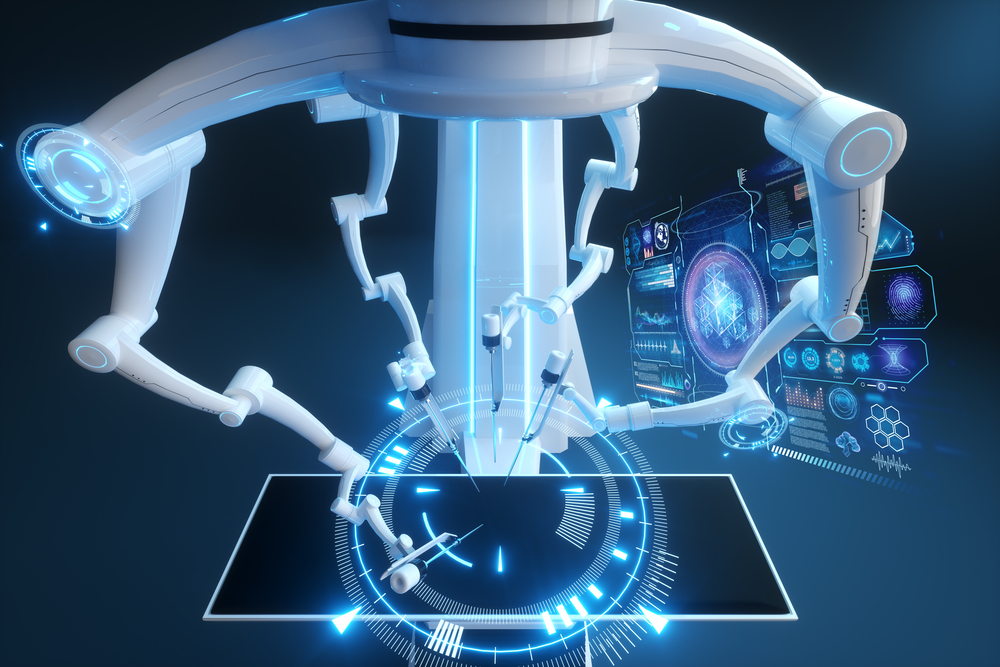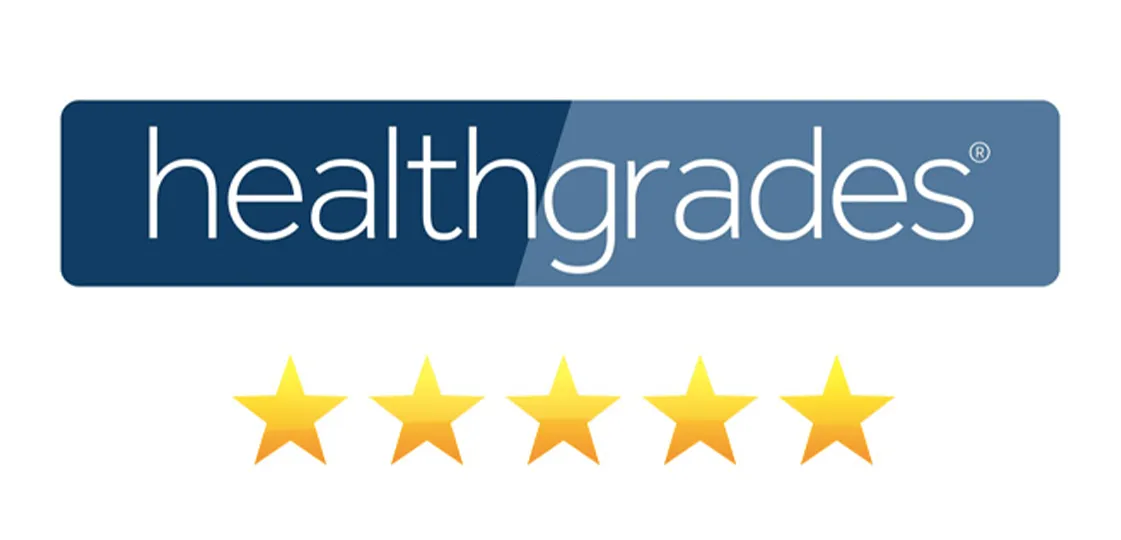Millions of Americans develop hernias every year, and some of them require surgical repairs. Unlike traditional surgical methods, robotic procedures are less invasive, typically shortening recovery times and causing less pain.
Even so, the prospect of undergoing surgery often makes patients nervous. Understanding what to expect during your robotic hernia surgery recovery can ease your mind.
What Is a Hernia?
A hernia occurs when an organ or tissue breaks through the layer of tissue that is supposed to keep it in a specific place. These bulges or protrusions often happen in areas where muscles or fascia are weak. This can cause painful holes and lumps; patients can also experience serious complications.
Although medications and lifestyle changes can help to control hernia symptoms, surgery is the only way to repair a hernia. Anyone can develop hernias, from newborns with congenital malformations to mature adults.
What Can You Expect During Your Robotic Hernia Surgery Recovery?
During robotic hernia surgery recovery, most patients can expect mild soreness and discomfort, swelling or mild bruises surrounding incisions, and a relatively fast return to normal activities. Patient-specific factors, such as your overall medical condition or the location and severity of your hernia, can make your recovery unique, and your doctor will discuss these with you at your surgical consultation.
Your doctor will also likely instruct you to stop eating and drinking at a specified time the night before your surgery. You may need to skip doses of certain medications, so provide your doctor with a complete list of your medications during your consultation.
What Happens the Day of the Surgery?
Most robotic hernia surgeries are outpatient procedures. Your surgery may last approximately one to four hours, depending on case-specific factors.
Hospital staff will observe you for a few hours after the surgery. Most patients can go home the same day if no complications arise. You may be groggy following your surgery, so plan to have someone drive you home.
You’ll receive discharge instructions that include things to watch for in the hours and days after your surgery that may indicate infection or other complications. Be sure to heed these instructions.
You should rest for the first day or two without strenuous activity. However, walking as soon as possible can help reduce soreness and speed up your robotic hernia surgery recovery. Be careful not to overdo it, though.
What Happens During Your Robotic Hernia Surgery?
During your robotic hernia repair surgery, you will receive general anesthesia. Your doctor will make small incisions to insert the surgical instruments into your body, then use a console to guide them remotely. These small incisions don’t cause much bleeding and can hasten your robotic hernia surgery recovery.
The surgeon will direct the robot to gently push the displaced organ or tissue back to where it belongs, then suture the hole to close it. Your doctor may use hernia mesh to reinforce the repaired hole.
Sometimes, your surgeon may discover a hidden hernia during your procedure that exams and ultrasounds didn’t find. Using a robot allows your surgeon to repair these occult hernias during the same procedure. If required, you’ll need to authorize these additional repairs before your surgery.
After your physician removes the robotic instruments from your body, they will close your incisions with staples or sutures.
Is Robotic Hernia Surgery Major Surgery?
Robotic hernia surgery is minimally invasive, so it is not usually considered major surgery. This process vastly differs from open hernia repair surgeries, where doctors must cut through muscles and tissues to reach the hernia site.
How Painful Is Robotic Hernia Surgery?
Many patients don’t experience much pain, although you should expect some soreness. Your doctor may prescribe pain medication, but not every patient needs it.
How Long Does It Take To Recover After Robotic Hernia Surgery?
A typical robotic hernia surgery recovery takes two to four weeks. Your situation may differ, but many people can return to work within a few days after surgery. However, you may not be able to resume all normal activities that quickly.
You may feel tired for a few days, and that’s normal. Listen to your body’s cues and rest when tired to promote healing.
It’s important not to push yourself too hard after any surgery. Even if you feel better, your body is still healing, and doing too much too soon can prolong your recovery.
What Are the Restrictions After Robotic Hernia Repair?
Your doctor will discuss your restrictions with you before your procedure. The complexity of your surgery and other considerations may dictate specific restrictions not listed here.
General restrictions after robotic hernia surgery include:
- Not lifting anything over 15 pounds, although your limit may be less
- No strenuous exercise
- No jumping or running
- No straining
If your job requires any of these, you may need to take extra time off for your robotic hernia surgery recovery or return to light duty. Do not resume these activities until your doctor releases you to do so.
When Will You See Your Doctor Again?
You’ll probably schedule a follow-up visit for around two weeks after your surgery. However, call your doctor immediately if you experience excessive pain or other unexpected symptoms.
How Does Robotic Hernia Repair Surgery Differ From Laparoscopic Surgery?
These procedures are similar because both use a series of small incisions and cameras. However, robotic surgery is more advanced:
- Using a robot, the doctor can see a 3D image of your hernia site, which gives more detail and a clearer picture than laparoscopy’s two-dimensional images.
- The robot has more flexibility and precision than human hands controlling the laparoscopic instruments.
- Unlike robots, human hands experience normal tremors that can cause patients to experience more post-operative pain.
- Under a physician’s control, robots can perform more complex procedures.
Laparoscopic and robotic surgeries are typically less painful, cause less scarring, and have shorter recovery times than traditional open hernia repair operations. Your doctor can explain these procedures and help you choose the best option.
Contact Arizona Premier Surgery if You Have More Questions About Robotic Hernia Surgery Recovery
We want you to feel confident about undergoing robotic hernia repair. Our physicians and staff at Arizona Premier Surgery are happy to answer any questions you have about how to prepare, the procedure, your robotic hernia surgery recovery period, and restrictions. Contact us today.
Sources:
https://arizonapremiersurgery.com/procedure/robotic-hernia-repair-surgery-scottsdale-az/
https://arizonapremiersurgery.com/2023/04/10/robotic-hernia-surgery-guide-for-patients/
https://medlineplus.gov/ency/article/000960.htm
https://www.ncbi.nlm.nih.gov/pmc/articles/PMC9314304/
https://my.clevelandclinic.org/health/procedures/17968-robotic-surgery-for-hernia-repair
https://www.fda.gov/medical-devices/implants-and-prosthetics/surgical-mesh-used-hernia-repair




